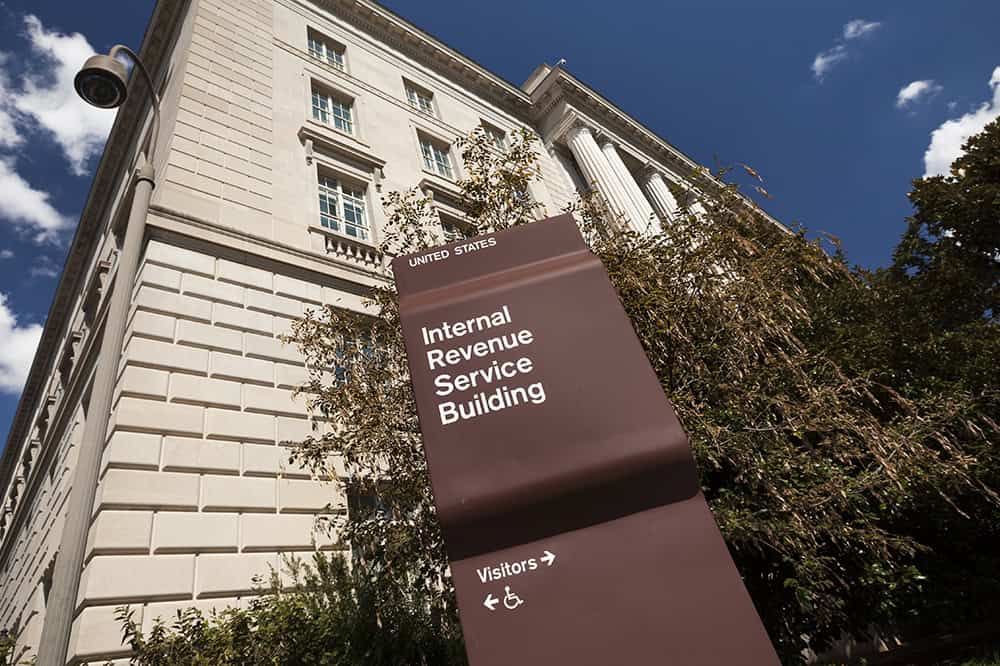What Is the Carried Interest Loophole, and Why Is It So Difficult to Close?
Last Updated September 11, 2024
The U.S. tax code is riddled with tax expenditures, better known as "tax breaks," including loopholes, deductions, exemptions, credits, and preferential rates. Among the most controversial is the loophole for carried interest. Here we examine the treatment of carried interest in the U.S. tax system and its implications for the federal budget.
What Is Carried Interest and How Is It Taxed?
Carried interest is a type of compensation paid to general partners of investment funds. Typically, general partners receive two types of compensation:
- Management fees, tied to some percentage of the value of managed assets.
- Carried interest, tied to some percentage of the profits generated by those assets.
For example, a general partner might have them receiving an annual management fee equal to 2 percent of a fund’s assets as well as carried interest equal to 20 percent of a fund’s profits. That “interest” refers to the share of profit which is “carried” over to the fund manager: the general partner.
While a management fee is taxed as ordinary income, at a top marginal rate of 37 percent, carried interest on assets held for more than three years is often treated as long-term capital gains, with a top rate of 20 percent (investment income may also be subject to an additional 3.8 tax). And because it is taxed as capital income rather than compensation, carried interest is also not subject to the 15.3 percent self-employment tax, which is equivalent to payroll taxes paid by employees and their employers to finance Social Security and Medicare.
How Does the Carried Interest Loophole Affect the Federal Budget?
The preferential tax treatment of carried interest reduces federal revenues, putting pressure on the federal budget. According to McKinsey & Company, private equity funds managed $8.2 trillion in 2023. While the profits from those investments, and therefore the amount of carried interest, vary each year, the Congressional Budget Office estimated that treating carried interest as ordinary income would raise $12 billion over ten years — including revenues from both individual income taxes and self-employment taxes.
Potential Changes to Carried Interest
The Tax Cuts and Jobs Act of 2017 was the most recent revision to the treatment of carried interest — extending the number of years an asset must be held before it is considered a long-term capital gain from one year to three. Tax policy experts and economists have discussed whether further revisions to the treatment of carried interest should be considered.
Proponents of the current tax treatment of carried interest argue that the investment strategies, expertise, and oversight provided by fund managers significantly bolster profits for a wide variety of investment vehicles and thus, carried interest should be considered investment income and taxed as such. Furthermore, because income that flows through the partnership is eligible for capital gains tax rates and investment managers take on some economic risk by working in the industry, capital gains rates should apply to carried interest as well.
Critics argue that carried interest is compensation for a service and should therefore be taxed at ordinary income rates. Moreover, capital gains rates do not apply to other types of income that involve some risk-taking, such as performance-based compensation. Finally, those against the preferential tax treatment of carried interest contend that removing the tax break would also increase the tax system’s transparency and fairness by treating individuals and businesses in similar circumstances more equally. For example, the average general partner faces a marginal tax rate of 20 percent on carried interest, whereas a married couple filling jointly would face a 22 percent marginal tax rate on ordinary income exceeding $94,300 in 2024.
In addition to treating carried interest entirely as ordinary income, some commonly proposed reforms, as outlined by the Congressional Research Service, include:
- Applying ordinary income tax rates to only a portion of carried interest: this option would treat part of the carried interest as a long-term capital gain and part as ordinary income. However, determining the value of the carried interest that is subject to each rate may present administrative difficulties;
- Further modifying the holding period to qualify for preferential rate: currently, an asset needs to be held for three years for the carried interest to be eligible for the long-term capital gains rate. Lawmakers could lengthen that period to increase the amount of carried interest subject to higher rates; and,
- Taxing carried interest as a loan: carried interest would be treated as a loan at a preferred interest rate, and the difference between an “adequate” amount of interst on the loan and the amount paid would be taxed at ordinary income tax rates.
Conclusion
Carried Interest is one of hundreds of tax expenditures in the code, but it draws scrutiny. While they can be useful tools for lawmakers to achieve policy outcomes or incentivize certain behaviors, tax expenditures reduce the amount of federal revenues collected and contribute to the nation’s rising deficits. With the structural mismatch between spending and revenues pushing the national debt to record highs in the near future, lawmakers should take a holistic view of the nation’s fiscal outlook — including the reform of tax expenditures.
Image credit: Spencer Platt/Getty Images
Further Reading
What is a Wealth Tax, and Should the United States Have One?
Proponents of the wealth tax argue that it could help address rising wealth and income inequality while also generating revenues.
What Are Refundable Tax Credits?
The cost of refundable tax credits has grown over the past several years, with the number and budgetary impact of the credits increasing.
Eight of the Largest Tax Breaks Explained
Tax breaks totaled over $1.9 trillion in 2024. That’s more than the government spends on Social Security, defense, or Medicare and Medicaid.


